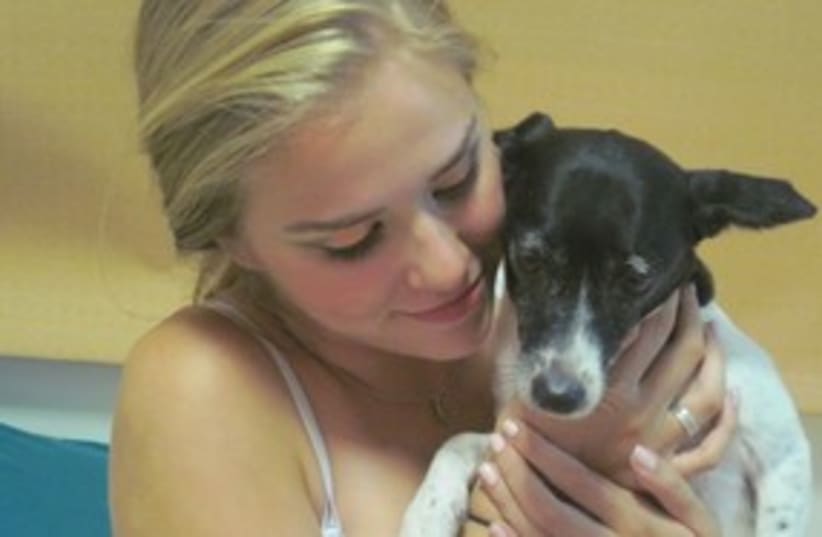Tom Langford is a commercial photographer, website designer, and professional retoucher. He teaches photography courses for beginners and advanced. Details of his courses and field trips at: www.langford.co.il/courses
The secrets of taking good pictures: Elbow grease
Photography expert Tom Langford gives his advice on how to turn an average shot into the perfect photograph.

Tom Langford is a commercial photographer, website designer, and professional retoucher. He teaches photography courses for beginners and advanced. Details of his courses and field trips at: www.langford.co.il/courses